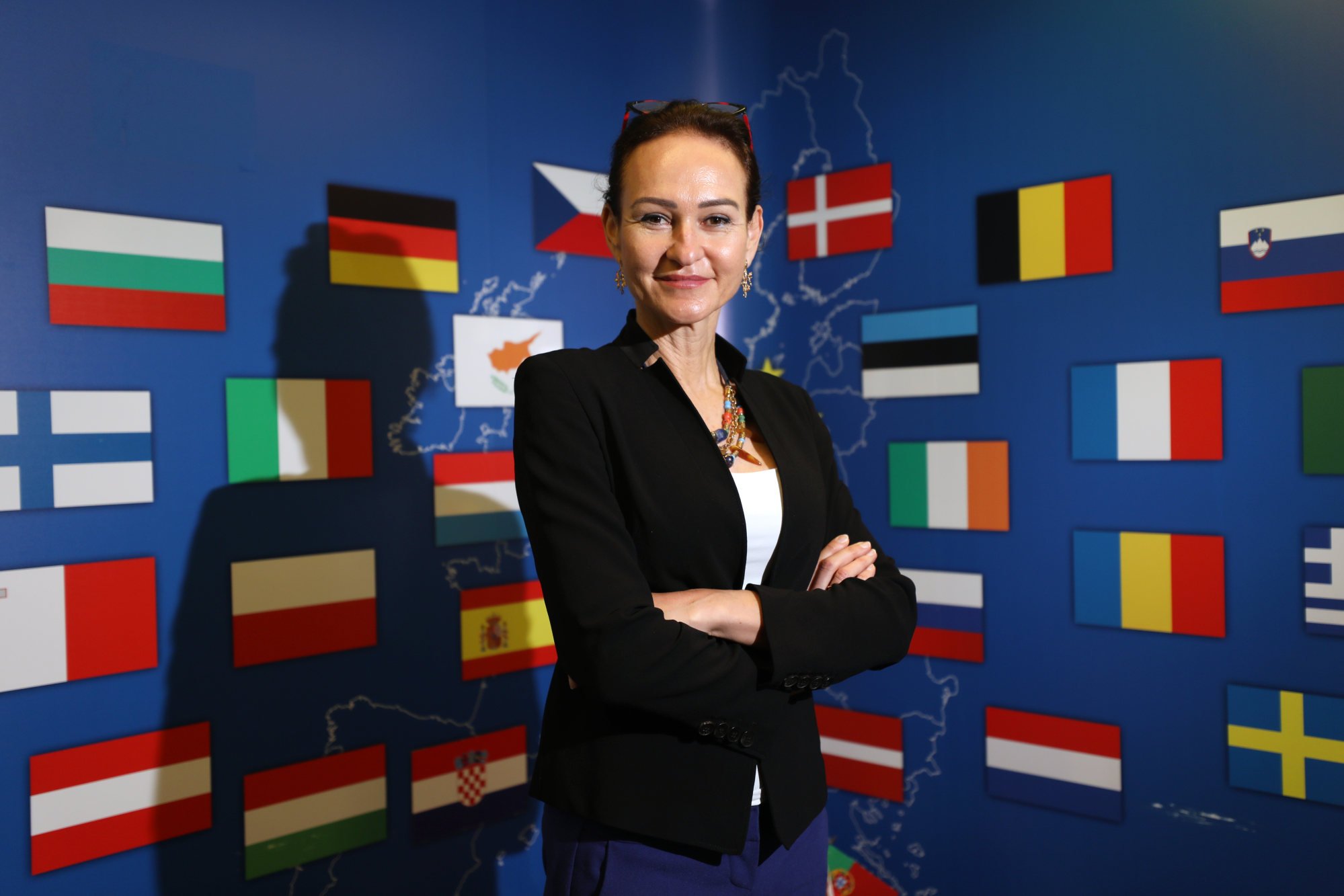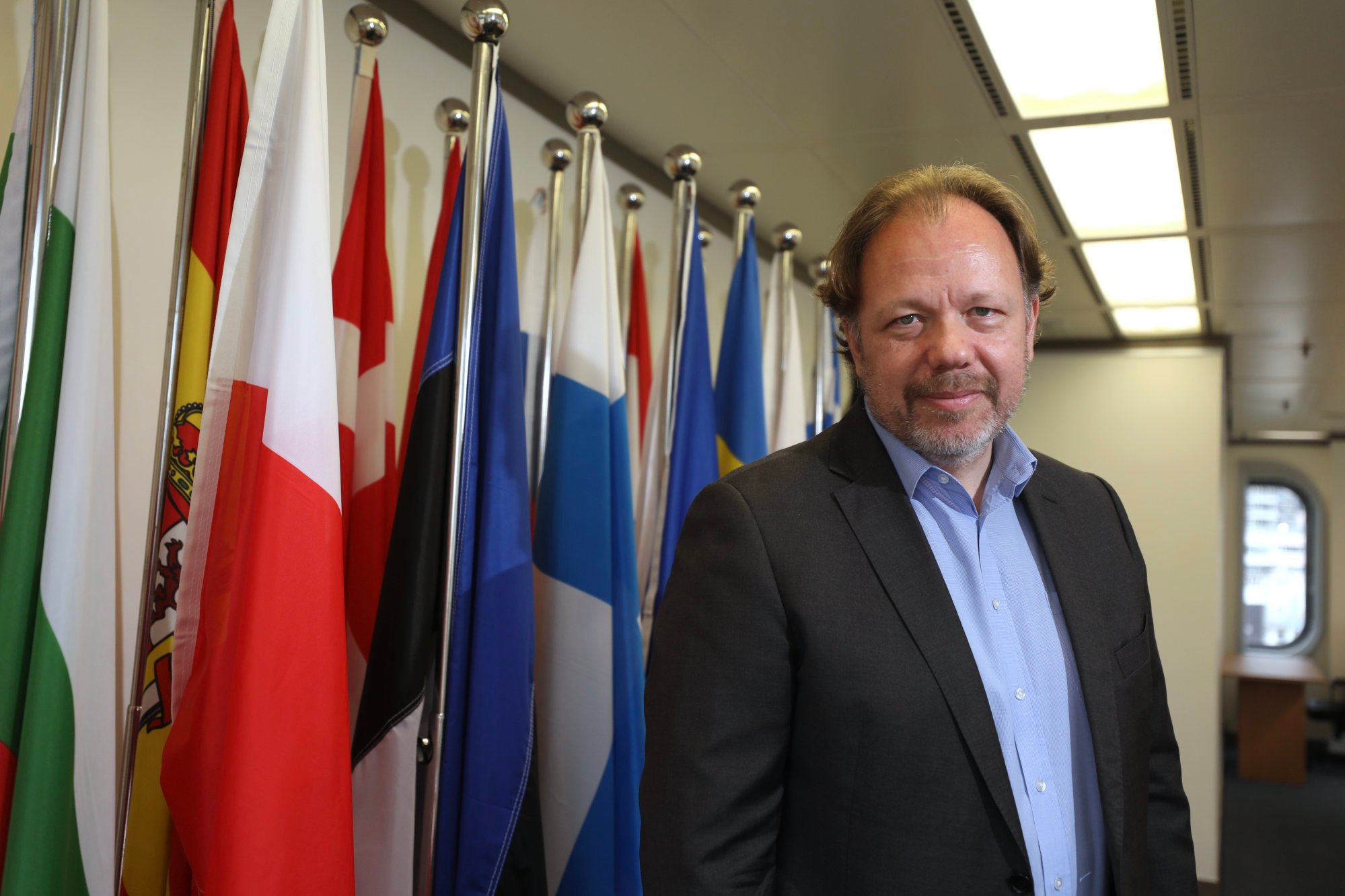Hong Kong visitors to EU will need travel authorisation from next year
4 min read“Normally, the stolen document database, visa information system or Europol database would be checked at the border by border guards,” she said.
Cooper added that the new system meant any potential risks could be screened out before travel.
“[With ETIAS,] these assessments will be made before the traveller comes. The idea is that ultimately it will make the crossing of the border much smoother,” she said.
The authorisation will be required for entry to 30 European countries, with no change in the length of stay allowed, which is up to 90 days in any 180-day period.
Cooper said the use of ETIAS would not make travel to Europe more complicated for people from visa-exempt places.
“It will be … very similar to the ones that all visa-free passport holders currently have to undergo to travel to the US, Canada, Australia, or New Zealand,” she explained. “It will be an additional step, but it will not make travelling any more difficult.”
Cooper said that travellers can apply for the authorisation online and that the process was “unproblematic” and would only take “about a few minutes”.
“ETIAS will be a largely automated IT system created to identify security, irregular migration or high epidemic risks posed by visa-exempt visitors travelling to the Schengen states,” the EU website said.
Applicants will have to provide their names, date and place of birth, nationality, home address, parents’ first names, an email address, phone number, travel document details, details of education level and occupation, as well details of criminal convictions.
Information about the applicant’s planned stay in countries that require ETIAS approval, any previous travel to war or conflict zones and whether the applicant has recently been subject to a decision that required him or her to leave any country are also required.
If Hong Kong passport holders have planned a trip to Europe for a short period, an ETIAS will be required, but if they already have a work or student visa for the EU, they will not need clearance.
“The ETIAS is a completely different system,” Cooper said. “In order to obtain a visa, you need to go to a consulate and apply for it.
“A visa is a longer procedure because consulates are involved. It costs more … and you only obtain a visa for a limited amount of time. An ETIAS will be valid for three years for multiple entries.”

An ETIAS authorisation will cost €7 (US$7.5), but the charge is waived for those aged under 18 and over 70.
Cooper advised travellers to obtain an authorisation before they made any travel arrangements.
The rules are expected to come into force in the first half of next year, but there will be a transition period of about six months when travellers can visit Europe without an ETIAS.
Cooper said that would be followed by a grace period, with the duration yet to be announced, when visitors could enter the EU once without an ETIAS.
Cooper noted the agency was aware of at least 106 unofficial websites, some of which were genuine intermediaries that could carry out applications, but others that could be fakes.
She added that anyone who applied on behalf of others – whether a family member or a tour guide for clients – would need applicant authorisation.
Thomas Gnocchi, ambassador and head of the Office of the European Union to Hong Kong and Macau, said the door to Europe remained open for Hongkongers.
“The visa-free regime is not being changed whatsoever,” Gnocchi said. “What we are trying to do, the purpose of our office, is to increase people-to-people exchanges with Hong Kong.”

In a separate move, all non-EU nationals visiting the bloc will have to register biometric information – fingerprints and facial images – from this autumn under the Entry/Exit System (EES).
Travel document details, as well as date and place of entry into and departure from a European country will also be recorded. The start date will be announced in August.
Cooper said the EES could help stop document fraud and help monitor the movement of people as Schengen area rules meant that travellers could go “without ever showing your passport from Portugal all the way to Finland, from France to Estonia”.
She pointed out there was at present no centralised digital system for EU nations to check whether people were allowed to visit or whether they had overstayed.
Cooper explained that border control staff of member states had to work out if people had stayed past their authorised time by manual checks of passports.
Yuen Chun-ning, the chief executive officer of the WWPKG travel agency, said travel authorisation schemes and the collection of biometric information were global trends and that the EU was relatively late in introducing their system.
“Hong Kong travellers are very mature and the average tourist would not make too much of it,” Yuen said. “They would probably even wonder why it’s this late.”
He added that Japan – a favourite travel destination for Hongkongers – had collected biometric information for a long time and city residents were familiar with the process.
“We’ve had clients who are less tech-savvy having trouble filling in the forms for Australia, but that is relatively easy to sort out with our help,” Yuen said.
He added travellers did not appear to be concerned about the storage of their personal details because they already had to register them with airlines and their loyalty programmes.



